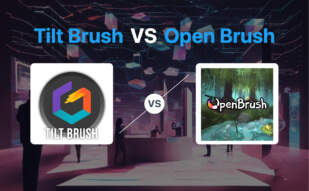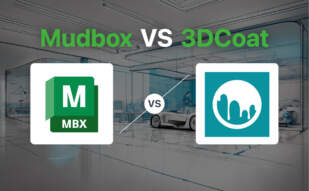For professional and commercial use, Tilt Brush reigns with superior user interfaces, awards, and export options. However, for a more relaxed, PlayStation VR compatible, and budget-friendly sketching and drawing experience, CoolPaintr VR is an apt choice.

Key Differences Between CoolPaintr VR and Tilt Brush
- CoolPaintr VR, priced at $19.99, is a 3D creation tool developed by Wildbit Studios with potential future updates; Tilt Brush, a 3D painting VR app by Google now open-source, supports 6DoF motion.
- While CoolPaintr VR requires Move Controllers and offers only digital versions, Tilt Brush does not require additional hardware and allows snapshot, GIF, video, and multiple file format exports.
- CoolPaintr VR caters to a more casual, personal drawing experience with custom shapes, while Tilt Brush boasts an intuitive interface, wide range of painting materials, and multiplayer experience.
- The tech-behind, CoolPaintr VR is PlayStation VR, limiting its capabilities; Tilt Brush’s open-source revolution permits developers to contribute and improve the app, extending its capabilities.
| Comparison | CoolPaintr VR | Tilt Brush |
|---|---|---|
| Release Date | May 08, 2018 | April 5, 2016 |
| Play Type | Sitting, Standing | VR Room-scale |
| Platform | PSVR | HTC Vive, Oculus Rift and Vive |
| Controller Support | 1 x Move Controllers | 6DoF motion interfaces |
| Unique Features | Import of custom pictures and personal library songs | Export creations as various file types, create snapshots, animated GIFs, MPEG videos, or 360-degree videos |
| Use Case | Professional sketching, Personal drawing | Animation, Multiplayer experience |
| Updates/Future Content | Based on user experience | Community-led development with Open Source code |
What Is CoolPaintr VR and Who’s It For?
CoolPaintr VR is an intuitive design tool developed by Wildbit Studios, offering a vivid, immersive 3D creative experience on the Sony PlayStation VR platform. This is not your usual gaming software; CoolPaintr VR is a digital palette brimming with an assortment of brush types, wild color options, p&associations, and particle effects like fire and snow. This is designed for those who embrace both technical and casual design, offering professionals a novel sketching platform while providing enthusiasts a unique personal drawing experience.
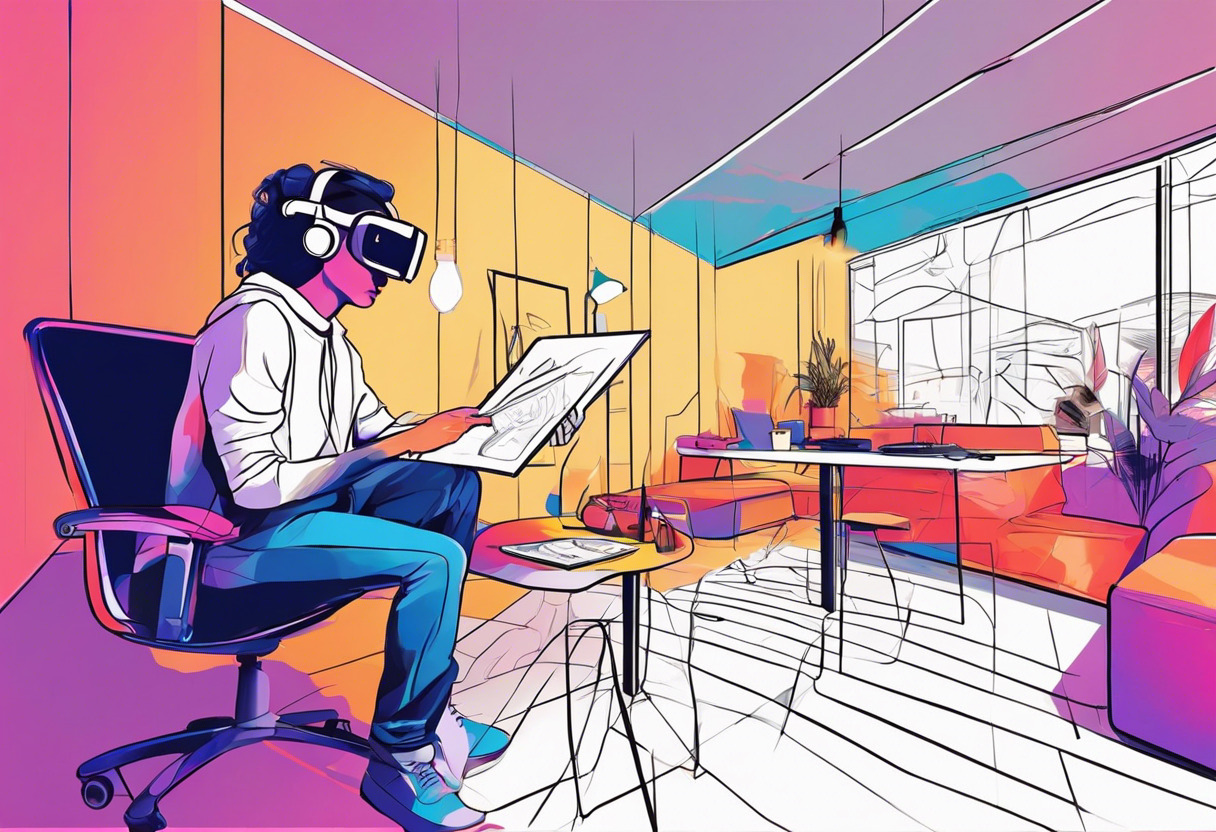
Pros of CoolPaintr VR
- Rich variety of design tools available.
- Smooth, judder-free design area movement.
- Potential for professional and personal use.
- Community interaction possible via web-based platform.
- Performance at 120fps.
Cons of CoolPaintr VR
- Restricted to usage of only one controller.
- Requires a Move controller.
- Dependent on limitations of the Sony platform.
- Creativity might not be substantially stimulated.
What Is Tilt Brush and Who’s It For?
Tilt Brush, acquired by Google in 2015, is a compelling room-scale 3D painting VR application that invites users into a deep dive of interactive creativity. Initially implemented by Skillman & Hackett, this award-winning app surpasses the idea of conventional drawing, offering an enticing palette that facilitates 3D design in a VR environment. This product is aimed at those fascinated with advanced design, specifically in animation and is also focused on providing a shared, social painting experience.
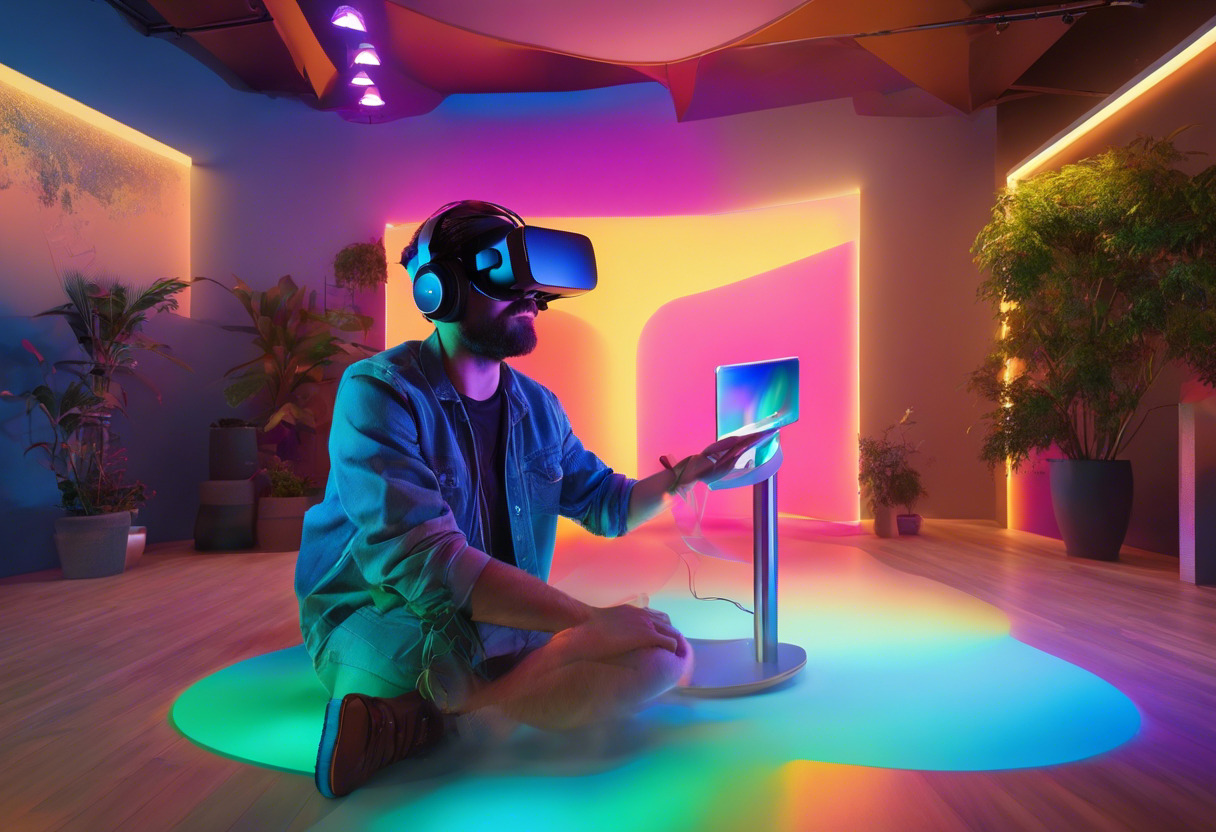
Pros of Tilt Brush
- Allows export of creations in various formats including .gltf, .fbx, .obj and more.
- Furnished with an intuitive interface for enhanced 3D painting capabilities.
- Prime application for animation and multiplayer experiences.
- Highly flexible usage under standard license terms.
Cons of Tilt Brush
- No public availability for keyboard and mouse version—aimed primarily at VR users.
- Steam site license required for commercial use.
- Discontinuity in direct Google VR projects development.
CoolPaintr VR vs Tilt Brush: Pricing
While CoolPaintr VR bears a price tag, Tilt Brush has transitioned to open-source, making it freely available.
CoolPaintr VR
Developed by Wildbit Studios, CoolPaintr VR is listed at a price of US $19.99, EU €19.99, UK £15.99, and AU $26.95. On Amazon, it is further marked at $29.97 for a new product, while used versions can be grabbed at $22.97.
Tilt Brush
Initially a product of Google’s innovation suite, Tilt Brush has now been rolled over to open-source. Now termed as ‘Open Brush’, it is freely available for users on GitHub, stepping away from earlier pricing models.
Picking Sides: CoolPaintr VR versus Tilt Brush
Both CoolPaintr VR and Tilt Brush provide immersive 3D virtual art experiences, but who wins? Look further.
Professional Designers
For serious design entrepreneurs, Tilt Brush tends to be superior. Its ability to export creations into various formats offers versatility and is beneficial for application in professional design, animation, and multiplayer experiences. On the other hand, CoolPaintr VR has professional sketching capability, but lacks export features, throttling professional utility.
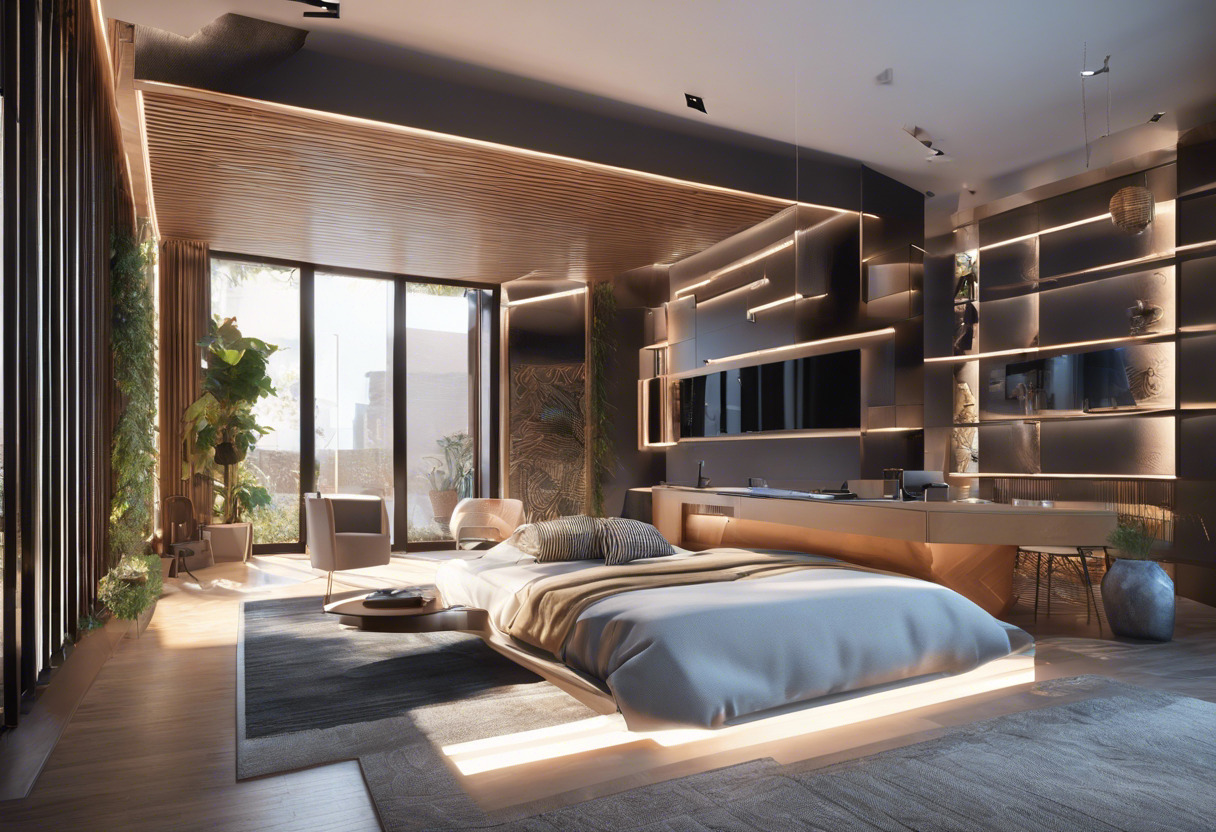
Casual Creatives
For casual creators, CoolPaintr VR hits the sweet spot. With its accessible control method and customization options, it fosters personal drawing fun. Tilt Brush, although delivering unique painting experiences, might be more complex for non-tech savvy casual users.
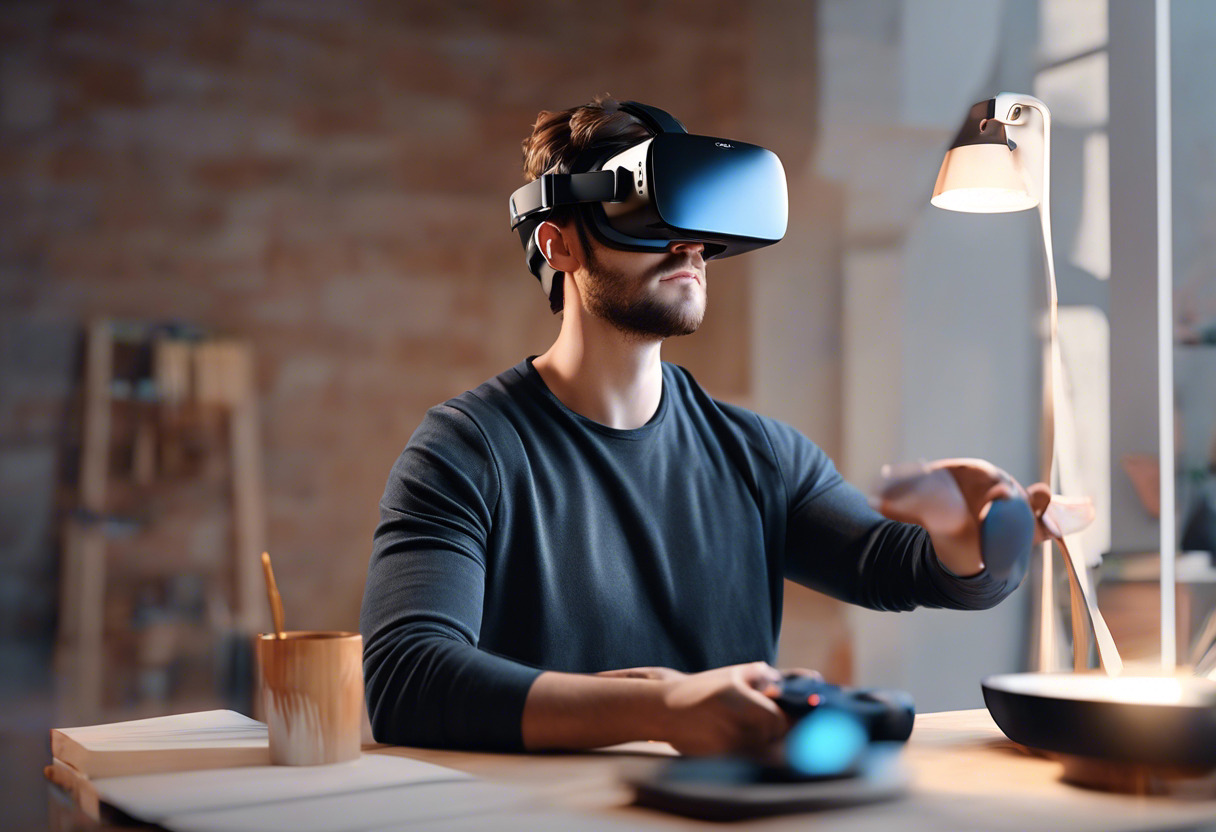
Platform Purists
The CoolPaintr VR soulfully caters to PlayStation enthusiasts, while Tilt Brush extends to a broader platform range, including HTC Vive and Oculus Rift, becoming a convenient choice for multi-platform lovers.

To summarize, the Tilt Brush stands out with its flexible export options, wider platform support, and has an edge in attracting design professionals. On the contrary, CoolPaintr VR delivers a comfortable and straightforward creative space targeted towards PlayStation users and casual creators. The choice boils down to your individual needs and platform preference. Neither disappoints in offering an engaging VR designing experience.
Tiffany Brise
Content writer @ Aircada, patiently awaiting a consumer AR headset that doesn’t suck.



